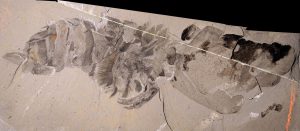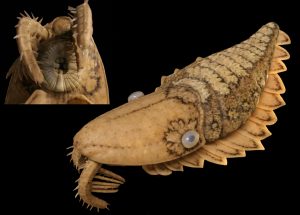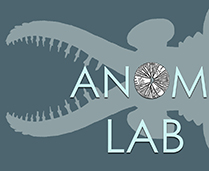The early animal fossil record

Over 99% of all species that ever existed are now extinct, and the <1% of species alive today are the result of hundreds of millions of years of evolution. Many fields in evolutionary biology, developmental biology, ecology, and molecular phylogenetics have made great advances examining evolutionary processes using extant taxa, and yet this work necessarily focuses on the <1% represented by living animals. To access the other >99%, the fossil record must be critically interrogated to bring palaeontology to the forefront of a modern synthesis on evolution. In the ANOM Lab, we take a multi-faceted approach to understanding the major events in the early evolution of animal life by examining exceptionally preserved fossils that are over 500 million years old.

The animal fossil record holds a staggering wealth of information on the radiations and extinctions that shaped the morphological diversity of modern ecosystems. Two such radiations, the Cambrian Explosion and the Ordovician Radiation, occurred at the early stages of animal evolution, and established the overall organisation of animal body plans that persist into the modern day. These events are recorded in exquisite detail in a type of preservation known as “Burgess Shale-Type” (BST), which is defined by the preservation of soft tissues as a compressed carbonaceous film on fine-grained shaley rock. Over 30 Cambrian aged localities around the world show BST preservation. In the ANOM Lab, we examine the anatomy of these fossils in great detail, providing datasets that are used to decipher the phylogenetic affinities, paleoecology, and development of early animals. This is achieved by our diverse lab facilities and interdisciplinary approach.

